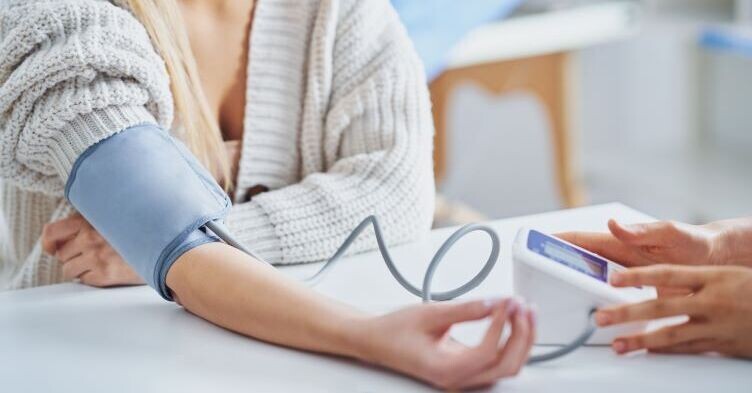Menstrual discs may help heavy periods and diagnostic issues

Women and people who experience very heavy periods may be better using a menstrual disc, similar in shape to a diaphragm, rather than more traditional sanitary products, such as pads or tampons, new research has shown.
Scientists from the Oregon Health and Science University in Portland found that menstrual discs hold the most blood out of 21 menstrual products tested, with absorbent pants holding the least.
Heavy menstrual blood flow affects one in three women and can indicate underlying health issues such as a bleeding disorder or fibroids.
Amid widely differing capacities of available menstrual hygiene products, a menstrual disc can also indicate excessive blood loss and may be useful in diagnosing menstrual irregularities.
Related Article: Diagnosis Connect service will link people to advice from charities
The findings are published in the journal BMJ Sexual & Reproductive Health.
Despite 800 million women being on their period every day, research into menstrual bleeding is still seen as a taboo subject.
The researchers highlight the lack of scientific studies in this area, with only around 400 studies on the subject in the last few decades, compared to over 10,000 on erectile dysfunction in the same period.
And they argue that this situation has transformed a normal bodily process into something often associated with stigma and the normalisation of pain.
Excessive bleeding can have a negative impact on quality of life, and diagnosis is currently based on self-reported information from menstrual products such as tampons and pads. Tampons are the only product which undergoes industry-regulated testing for absorption capacity due to the risk of toxic shock syndrome.
To increase the diagnostic accuracy of menstrual blood loss measurements, the researchers tested 21 different products, which included regular pads from two different manufacturers with different reported absorbencies as well as those for postnatal bleeding; same brand tampons of different reported absorbencies; same brand menstrual cups of different sizes; four different brands of discs including small and large sizes within the same brand; and three pairs of super absorbency period pants (small, medium, and large).
Related Article: CVD prevention must be national health priority, says report
Absorbancy was tested using human red blood cells. Most industry capacity testing is undertaken using water or saline water which is unlike menstrual blood.
Healthcare specialists assess abnormal blood loss using the Pictorial Blood Loss Assessment Chart (PBAC), based on the type, number, and saturation of menstrual pads and tampons; however, alternative menstrual products, such as discs, cups, and absorbent pants, are not yet included in this chart.
The test results showed that, on average, menstrual discs held the most blood at 61 ml. One brand, Ziggy, held 80ml, which is diagnostic of excessive blood loss. Postnatal bleeding pads and one pair of period pants held just one ml each. Tampons, pads, and menstrual cups held similar amounts of between 20 and 50 ml.
There was a mismatch between industry-reported capacity and these results, which the researchers suggest was related to the use of non-blood liquids in industry testing.
The researchers conclude: ‘Further understanding of capacity of newer menstrual products can help clinicians better quantify menstrual blood loss, offer diagnostic testing, and accurately treat [heavy menstrual bleeding].’
Related Article: Postnatal contraception advice reduces the risk of back-to-back pregnancies
In a linked editorial: ‘Going with the flow: the emergence of menstrual science’, Dr Paul Blumenthal of Stanford University and colleagues stated: ‘With so many future possibilities for deriving clinical value from menstrual blood, one can almost imagine a future in which menstrual stigma is replaced by clinical opportunity.
‘A thorough grasp of the complex dynamics of the normal menstrual cycle, coupled with proper use of suitable menstrual products, forms the essential foundation for enhancing quality of life and providing better care for [women].’

See how our symptom tool can help you make better sense of patient presentations
Click here to search a symptom




